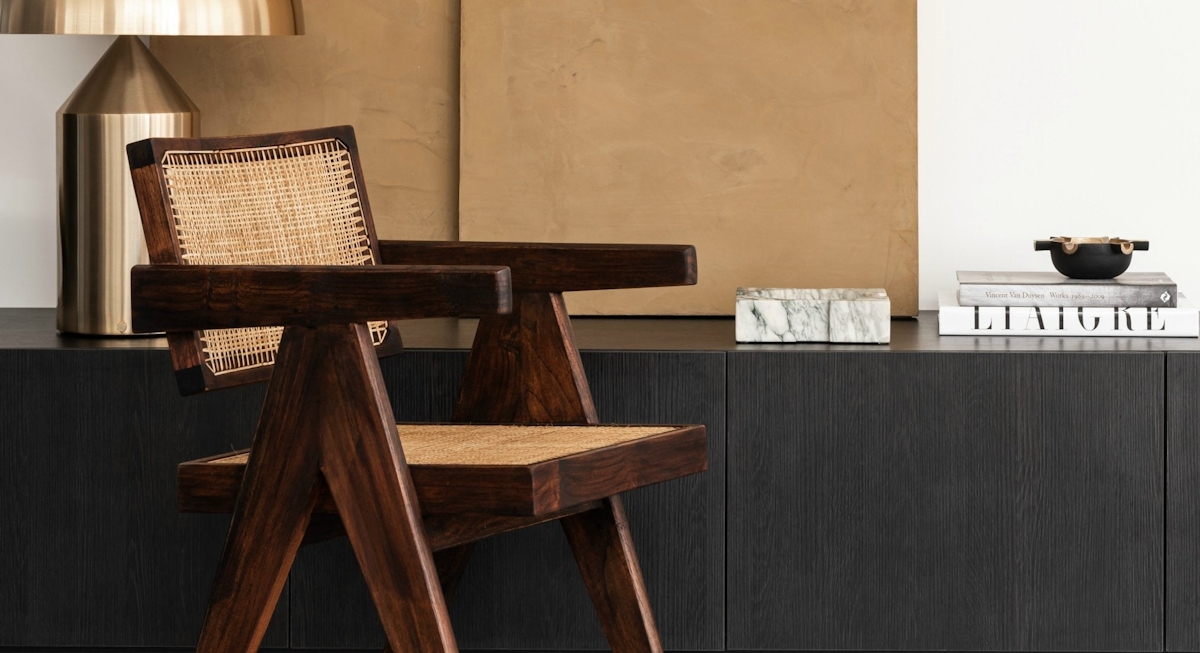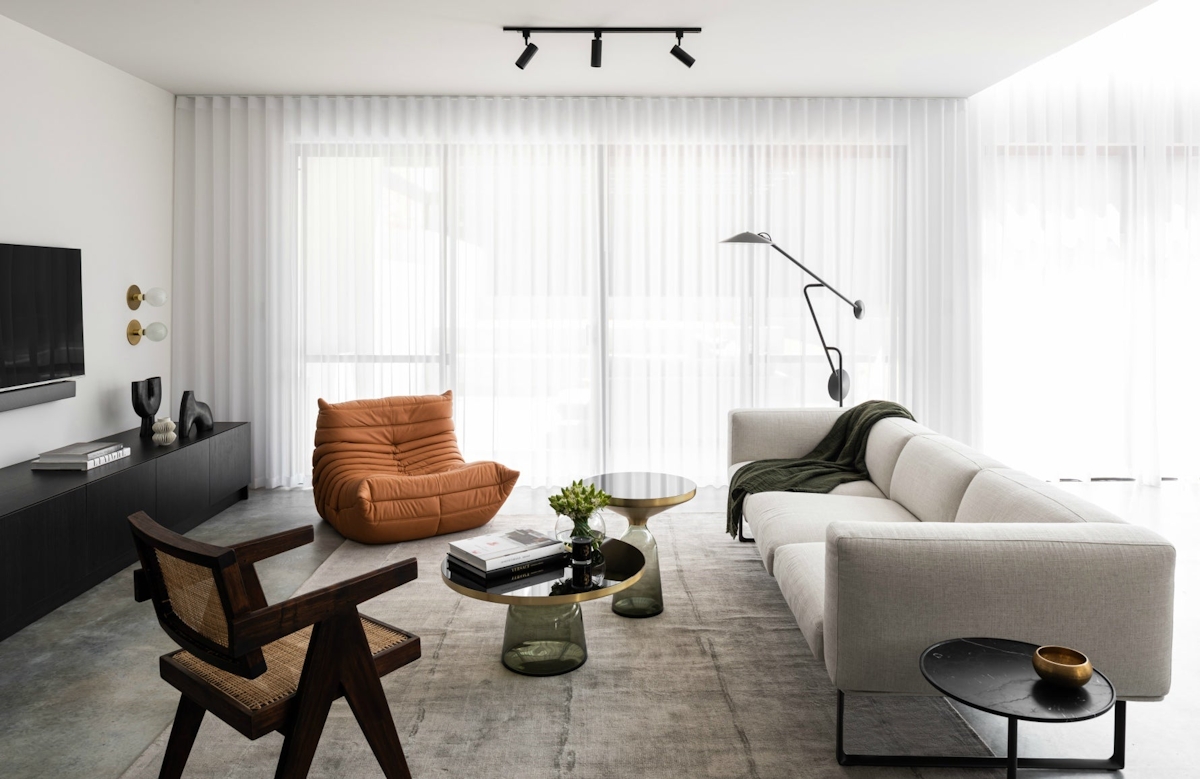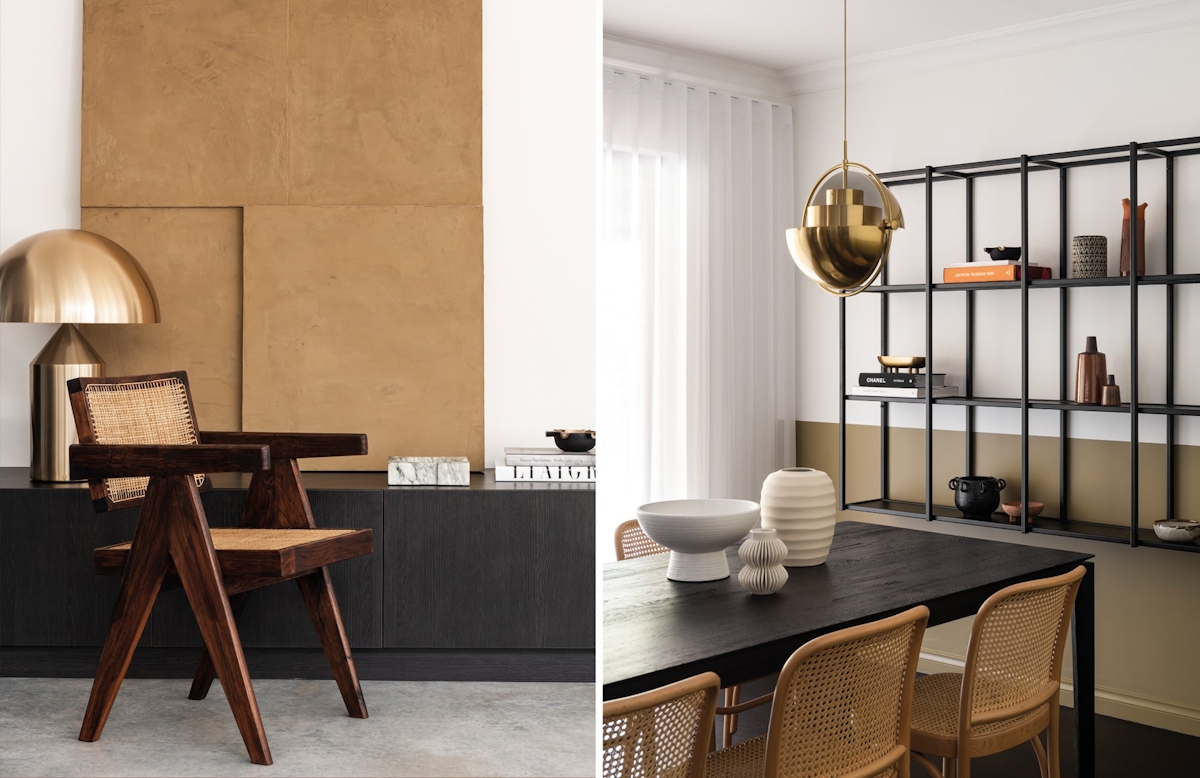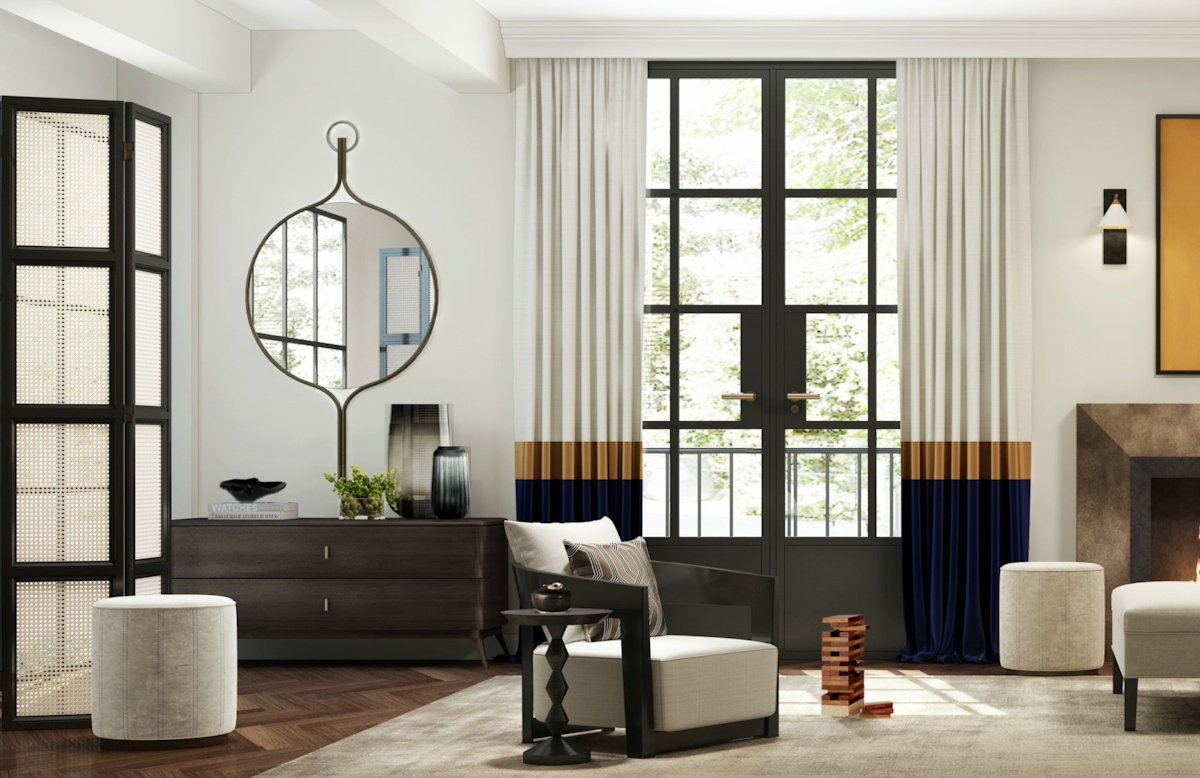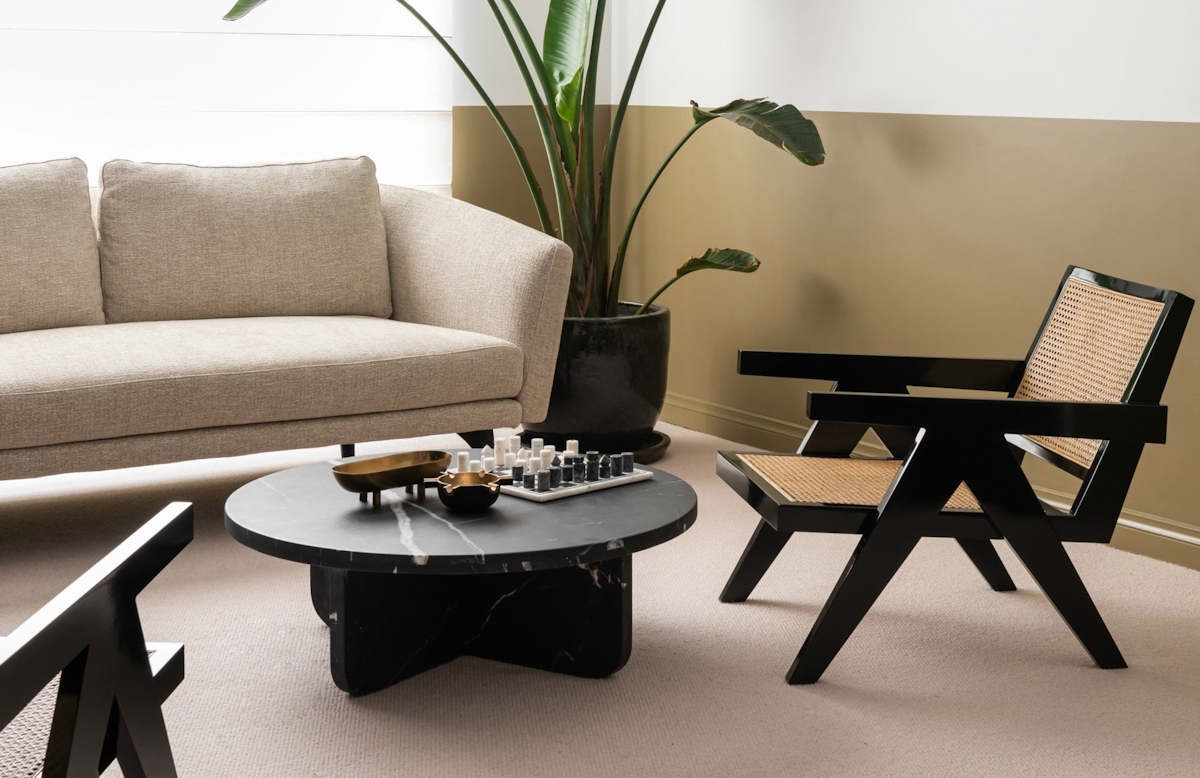Cane furniture—a breakaway from wood being your home’s principal natural material statement, and a bang-on-trend way to bring texture into any room, item of furniture or accent piece.
Long gone is the association between wicker seating and the conservatory. Now, this prized, plant-based fibre is sought after all over the home so that the beholder gets a taste of the exotic in their interior without oversized palm prints, pineapple or flamingo motifs or a carnivalesque colour scheme.
